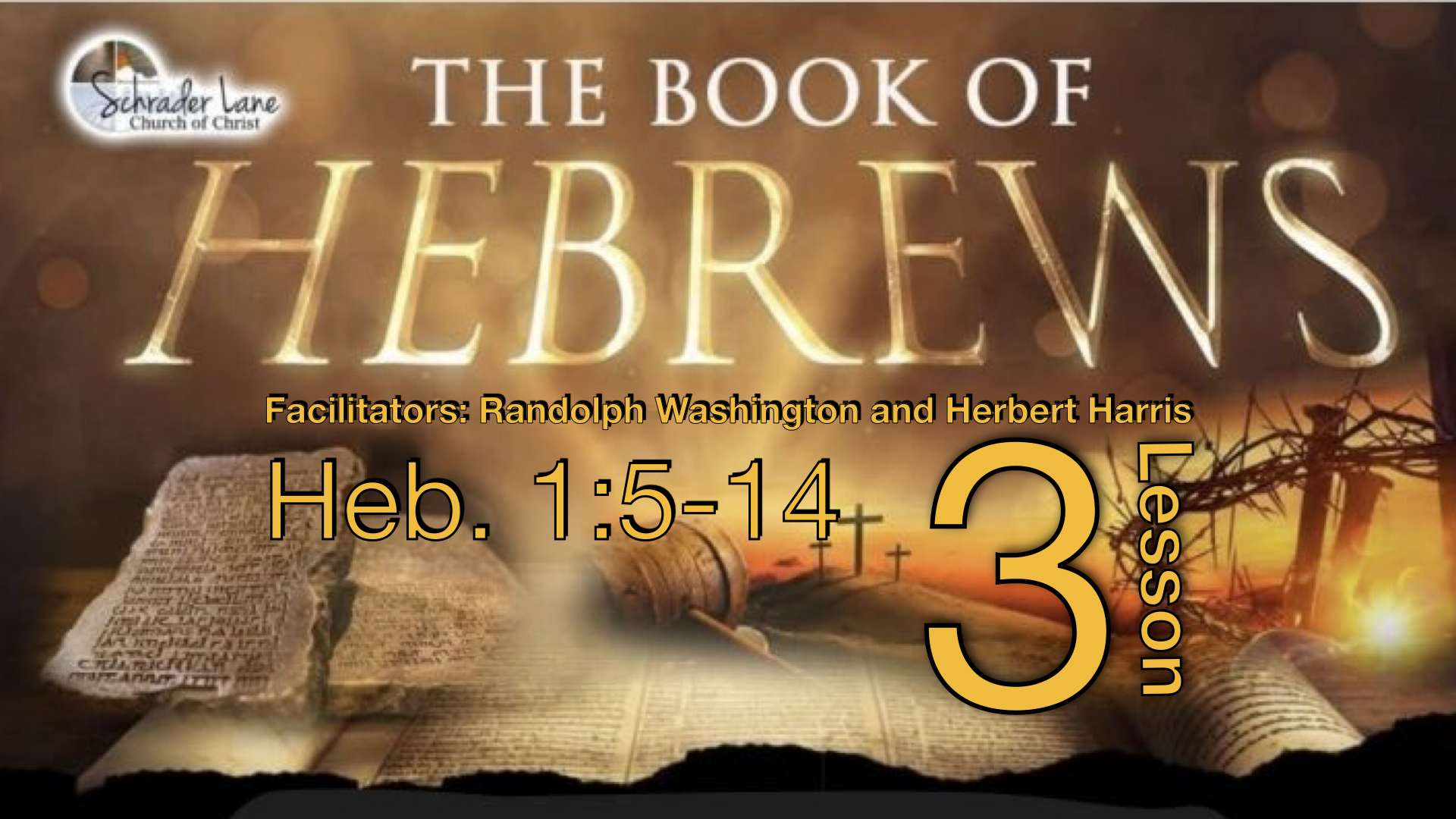Overview
The lecture focused on the opening chapter of Hebrews, emphasizing the superiority of Jesus over angels, the history of God's communication with people, and the transition from Old Testament prophecy to the revelation through Christ.
Review of Previous Session and Goals
- The class aims to understand key terms, survey chapter 1 of Hebrews, and discuss Jesus’ supremacy.
- Participation and questions are encouraged to deepen understanding of God's word.
- The pace of study is flexible, with a focus on thoughtful discussion over speed.
Apostasy and Historical Context
- Apostasy means departing from Christianity, a theme relevant to Jewish Christians pressured to return to Judaism.
- Early Jewish Christians sometimes practiced Christianity alongside Judaism before facing persecution.
- Historical periods referenced: Antediluvian (before the flood), Postdiluvian (after the flood), and "last days" (Pentecost to Christ's return).
- The traditional periods: Patriarchal, Mosaic, and Christian ages are consistent with other breakdowns.
God’s Communication Throughout History
- God spoke to people in past times through prophets, angels, dreams, visions, and now through Christ.
- God’s revelations were gradual and purposeful, culminating in the coming of Jesus.
- Key characteristics when God communicated: audible voice, self-identification, and understandable language.
The Supremacy of Christ
- Jesus is described as the radiance of God’s glory and the exact representation of His being.
- He is authentically God the Son, sustaining all things and is superior to angels.
- Jesus is appointed heir of all things, through whom the universe was made.
- Angels are powerful and intelligent but remain created beings, not divine.
Spiritual Gifts and Modern Claims
- Spiritual gifts like prophecy and dream interpretation were for a specific time and purpose, not ongoing throughout the Christian age.
- All claimed revelations or visions today must align with Scripture.
The Divine Nature and Role of Jesus
- Jesus, the Father, and the Holy Spirit share the same divine nature (“exact representation”).
- Only three are uncreated: Father, Son, and Holy Spirit; all else, including angels, are created.
- Jesus became lower than angels (human form), but only during His time on earth.
Key Terms & Definitions
- Apostasy — departing from or renouncing one's faith, especially Christianity.
- Antediluvian — the period before the biblical flood.
- Patriarchal/Mosaic/Christian Ages — historical divisions: before Moses, Mosaic Law period, and Christian era.
- Scepter — a symbol of authority or power, often used for rulers.
- Radiance of God's glory — Jesus as the visible, perfect revelation of God.
- Exact representation — Jesus shares the full, undiluted nature of God.
Action Items / Next Steps
- Read the remainder of Hebrews chapter 1.
- Reflect on the differences between God’s communication in the Old Testament and through Christ.
- Prepare questions or insights for the next class discussion.
Hebrews 1:5–14 — Lesson 3
Choose a mode and theme. Click Start Quiz to begin.
“But of the Son he says, ‘Your throne, O God, is forever and ever…’ ” — Hebrews 1:8 (ESV)
Mode
Lesson 3 Quiz
Mode: Comprehension
0/0 answered
Correct: 0
Loading…
Your Results
0 / 0
Great effort!
Copied to clipboard
The supremacy of Jesus foundational to the teaching in Hebrews. Jesus the exact representation of the Father.

